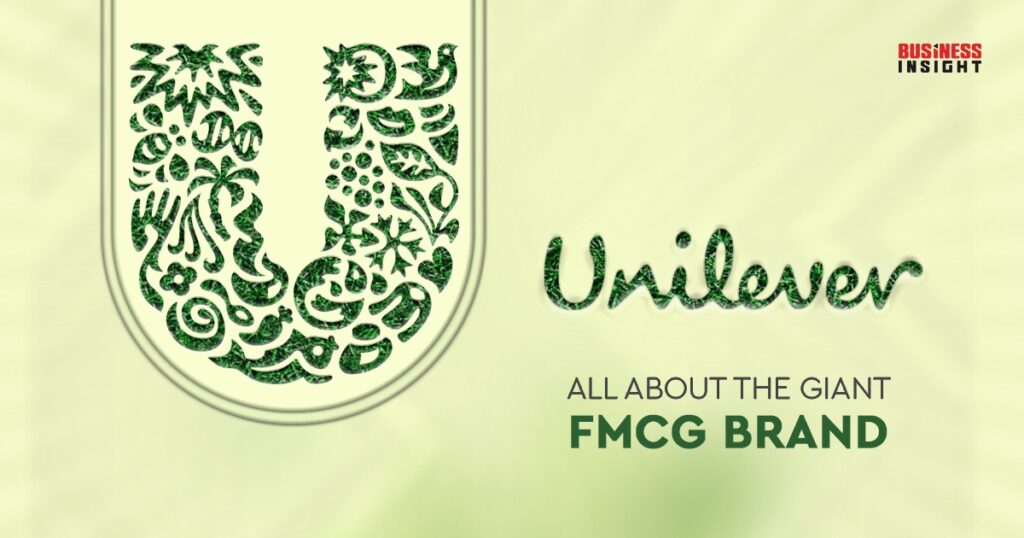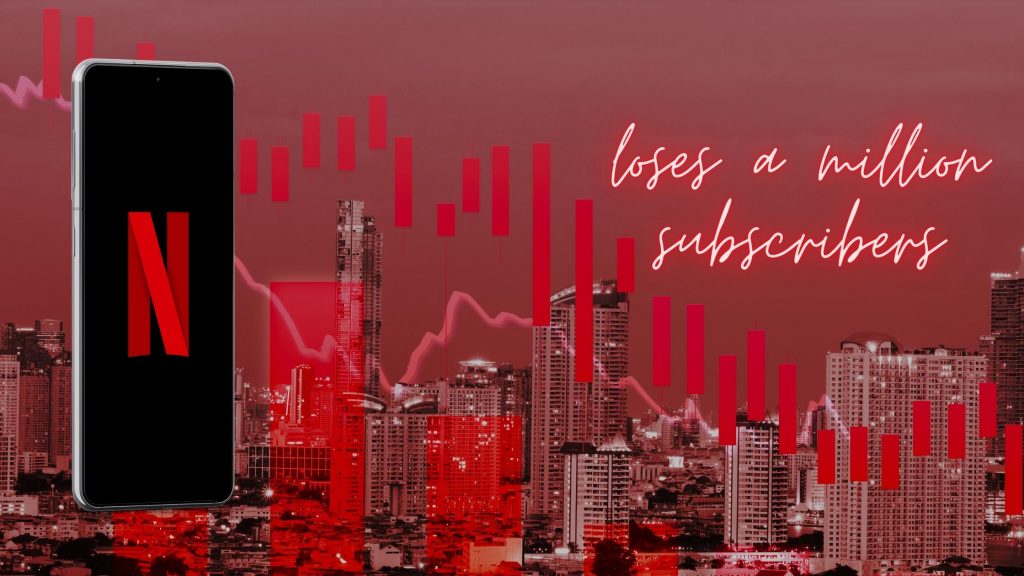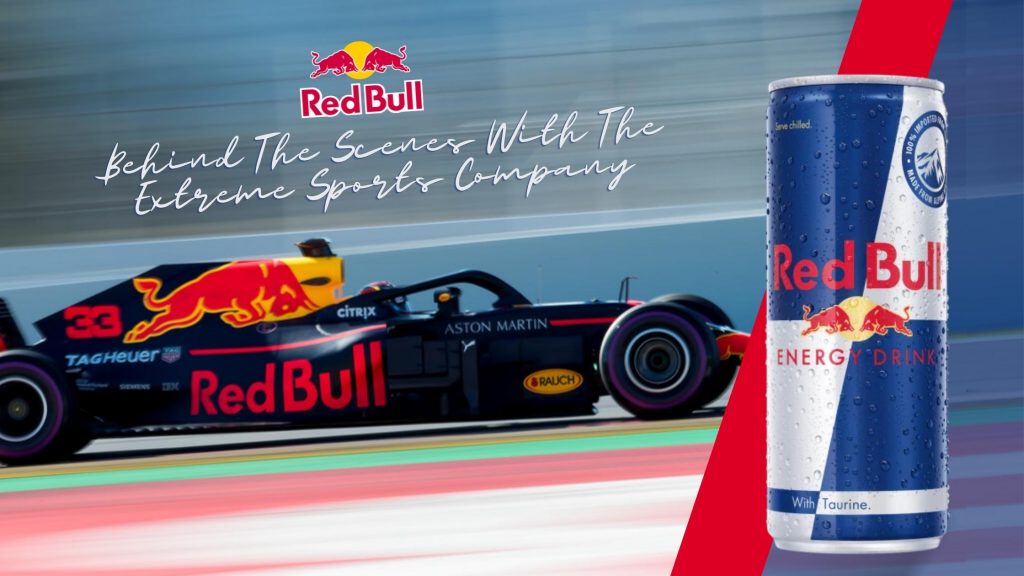Unilever is in the top four FMCG brands globally. It has a sales revenue of over $58million and 400 product brands. Even though it is a British company, it runs its business in over 190 countries with approximately 3.5 billion regular customers.
Unilever is responsible for distributing foods and refreshments products, home care products, and beauty & personal care products. Some of the 400 brands include Sunsilk, Dove, Knorr, Rexona, Sunlight, Axe, Lipton, Vaseline and the list goes on and on. It is the biggest British multinational company to this date.
FMCG stands for Fast-moving consumer goods. It means the packages and affordable goods that are available for consumption right away. Nestle, Procter & Gamble, PepsiCo, Unilever, Coca-Cola Company, L’Oréal, Kraft Heinz and many others are one of the giant FMCG brands.
History of Unilever
Unilever came into existence in late 1929. The merger of the Lever brothers and Margarine Unie formed the largest British multinational company. Together it fashioned the name “Unilever” as in Unie-Lever.
It did not take the company long to expand internationally. By the second half of its establishment year 1929, it had expanded to Latin America and Africa. it built up its product line (enlisting brands) throughout its expansion period reaching 190 countries now.
Until 1960 the company concentrated on processing and distributing yellow fat and edible fat and cleaning products like soap. But the competition and market trends had persistently motivated it to pursue product diversity more effectively. So the company was clear about its priority. It transformed into a fully functional and licit fast-moving consumer goods distributor worldwide.
In the twenty-first century, the company took a more organized and professional way to deal with the new additions. it divided the brands into two categories; food and home & personal care. At this time it had collected ice cream brands, shampoo brands and other branded food items and Unilever crossed the $25+ billion company valuation.
By the year 2022, it now has 145000+ employees worldwide. It has a current market of 5.4 billion customers in 190+ countries. And its revenue is substantially growing by 7.3% (and accelerating).
Unilever: Financial Analysis
The recent quarterly financials of Unilever have shown that it has a 9.81% profit margin. Its net income stood at 1.45 billion EUR globally and total revenue was 14.81 billion EUR. The revenue collection went up by 14.86% since the previous financial reports.
Until 2018 (even till the first three quarters of 2019), the shares, revenue, profitability, liquidity ratio and every financial outcome of Unilever were positive and growing. But the hit of the COVID pandemic had made the situation quite rough. Even after the retraction of the global lockdown, the brands suffered to be stable.
Unilever Share Prices
Safe to say, the profit margins decreased from the previous reports, yet the revenue seems to be growing. Unilever has a total of 2.61 billion shares (0.77% less), and the share price-ask of today is $45.49 x 1800. Unilever has seen an 11% drop in the share price in the last 12 months. Here, the high estimate stood at $58.77.
But why is the share price dropping? It is because of geopolitical events and the unsolicited 50 billion bid (GlaxoSmithKline’s) backlash. Commodity inflation has affected the economy worldwide. So the 24% fall of shares overall was no surprise.
Global Brand Position
Unilever as a multinational company has been progressive by positioning its brands with a purpose. The primary strategy was to provide cost-effective and convenient solutions to specific needs for specific market segments. So it used the situational positioning strategy previously that also emphasized sustainability.
Previously it identified needs and then customized its products. In this way, people from every standard of life, class and social status could purchase or have a desire to purchase. Such as delivering several portions/sizes of each product, flavor/fragrance variation, substitutes etc.
At present, it has slightly altered its strategies. It is now solely focusing on “Vitality” in its branding position, especially the food, home and personal care division of United. It essentially means the product will be available for an even wider range of market segments.
The recent partnership with the United Nations World Food Programme has encouraged Unilever to pursue the initiative. This was part of the reason Unilever had put a bid on GlaxoSmithKline’s shares. It was to add the health care valuation to its vitality strategy.
According to vitality brand positioning, the company is adding personal and emotional well-being factors through its brands and products. So, situational brand positioning would take up socio-psychological factors besides convenience and sustainability.
Mission And Vision
The core of Unilever’s mission is to add vitality to people’s nutrition, hygiene and personal care. And by doing so, the brands will help bring out the most from life. Customers would feel better about life, life will be easier, and they’ll look good and feel satisfied.
And its mission stipulates its vision. The vision is to promote and provide sustainable living patterns for the customers. And it is possible by acquiring the leading FMCG company in the industry.
Thus, the company wants to fulfill or provide vitality to every need by being on the top. This way it can manage and overview the activities and standards of fast-moving consumer commodities. It will create a codependent and sustainable social life practice.
Conclusion
There is no doubt that Unilever has the potential to reach the top position in the FMCG industry. Its 0mission is to add vitality to life. The company is progressing towards its vision with 400 brands and $58+ billion in revenue. Due to some economic and financial inconveniences, its share prices have drastically dropped. But it’s still profitable because the sales turned up by more than 18%. So statistically, the company would recover the losses and resolve the instability by the next quarterly analysis. It will gain its former stances again with a greater profit margin.



